Jean-Michel Cousteau on the Gulf, His Father and Our Oceans’ Future
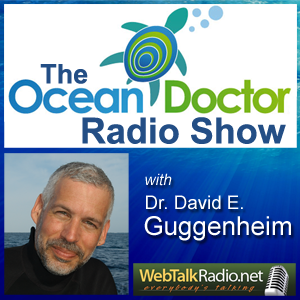 |
January 31, 2011: Our special guest this week is Jean-Michel Cousteau, who leads Ocean Futures Society, a nonprofit marine conservation organization which he founded in 1999 to honor his father’s legacy to carry on his pioneering work in exploring, filming and protecting the oceans.? Jean-Michel has produced over 80 films, received the Emmy and the Peabody Award among others. He was honored with the Environmental Hero Award by the White House. In February 2002, he became the first person to represent the Environment in the Opening Ceremony of the Olympic Games in Salt Lake City. Jean-Michel led the effort to return Keiko, the captive killer whale of “Free Willy” film fame, to the wild. With his team, Jean-Michel has been working for months to document the impact of the BP Deepwater Horizon oil spill disaster. Also: Our in-depth coverage of the National? Commission on the BP Deepwater Horizon Oil Spill continues.
The Ocean Doctor airs weekly on WebTalkRadio.net. Want to listen on your iPod, iPhone or mp3 player? Download the mp3 file or subscribe on iTunes and don’t miss a single episode. See the complete list of episodes.
Follow The Ocean Doctor on Twitter — Become a Fan on Facebook!
Submit a question and I’ll try to answer it on the air. Even better, record your question or comment on our special message line and I might play it on the air. Call: (805) 619-9194. You can also leave questions and comments for this episode below.
Like the show? Learn how to become a sponsor. Read more
Podcast: Play in new window | Download

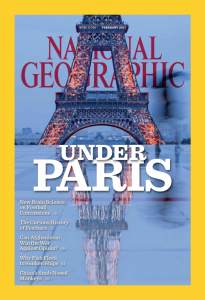
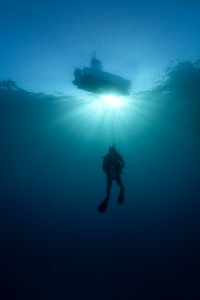
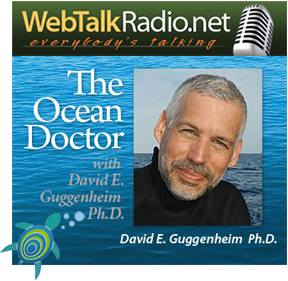
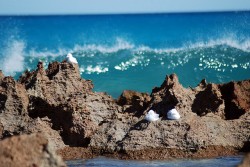 Australians continue to raise their barbie sticks to say “no” to the proposed liquified natural gas (LNG) plant in the country’s pristine, untouched Kimberley region, off its west coast.
Australians continue to raise their barbie sticks to say “no” to the proposed liquified natural gas (LNG) plant in the country’s pristine, untouched Kimberley region, off its west coast.